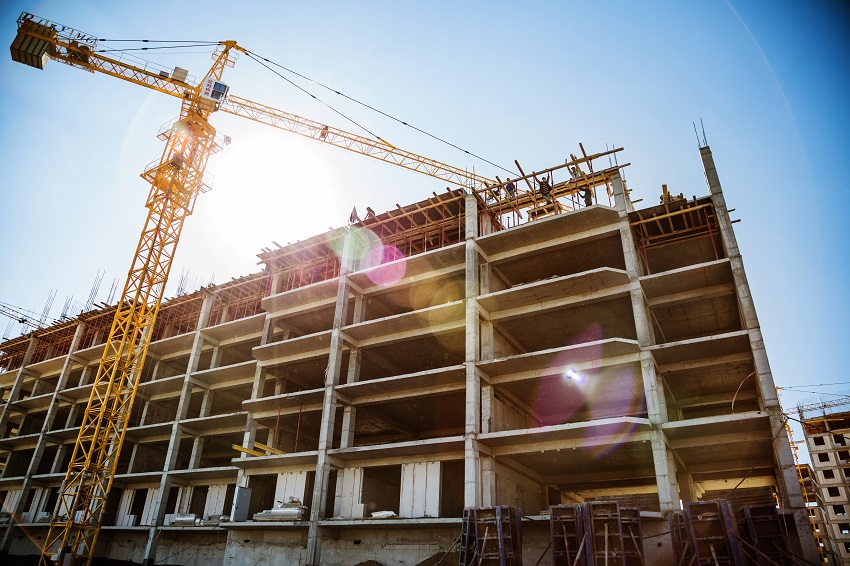
As the COVID-19 has spread globally, multifamily firms have seen their challenges expand from supply chain disruptions to citywide construction moratoriums. Such disruptions threaten the industry’s ability to deliver the estimated 328,000 new units needed annually to meet demand. To better help the industry gauge the magnitude of these hurdles, NMHC recently conducted the first of a series of member surveys on the topic. The survey outreach resulted in 135 responses from leading construction firms.
NMHC will follow up with a second survey in two weeks, as we track how conditions are changing amid this evolving situation
Here are the major takeaways. (View the full survey results.)
More than half of respondents are experiencing construction delays
More than half (55 percent) of respondents said that they are currently experiencing construction delays in the jurisdictions where they operate. Of this group, 76 percent reported experiencing delays in permitting, and 59 percent reported experiencing delays in starts. Nearly two-thirds (62 percent) of respondents faced with construction delays attributed their setbacks to the presence of a construction moratorium.
A quarter of respondents are affected by a lack of materials
About a quarter (24 percent) of respondents said a lack of materials is affecting their construction operations. When asked to list what materials specifically were in short supply, operators’ top responses included cabinets and countertops (42 percent), light fixtures (13 percent) and elevators (10 percent). Roughly 25 percent of those indicating challenges around obtaining construction materials noted more general difficulties procuring any materials from China, Italy or other geographies currently on lockdown. Only 5 percent of respondents, however, noted pricing increases for materials. In fact, one respondent commented that they are actually seeing price decreases in materials.
Respondents gave mixed responses on COVID-19 effects on labor availability
While 41 percent of respondents indicated that COVID-19 outbreak-related labor constraints are affecting construction operations, the majority (57 percent) say they have not yet been affected. However, the vast majority of firms that indicated that construction was affected (71 percent) noted that it was because (1) all or some workers are not showing up to the job site because they have either been diagnosed or exposed to someone with COVID-19 and were told to self-quarantine; (2) workers are fearful of the potential spread of the illness; or (3) stay-at-home orders/lack of clarity regarding stay-at-home orders. Others pointed to increased labor costs and municipality restrictions as other causes for changes in labor availability. One lone respondent, however, reported increased labor availability due to COVID-related layoffs in other sectors.
Most firms are implementing new strategies to deal with current hurdles
Nearly three-quarters of respondents (73 percent) indicated that they have implemented new strategies to deal with the hurdles forming in the virus’s wake, with many of those firms indicated they have implemented more than just one strategy. The most popular strategies being implemented by respondents include sourcing materials from alternative locations (43 percent), staggering shifts to reduce on-site exposure (52 percent) and using technology to replace in-person transactions like inspections and approvals (67 percent). Other strategies include sourcing alternative building materials (16 percent), offering workforce incentives or other benefits (14 percent), delaying construction or renovation (3 percent) or changing cleaning practices and staff protocols on the worksite to ensure safety (6 percent).




